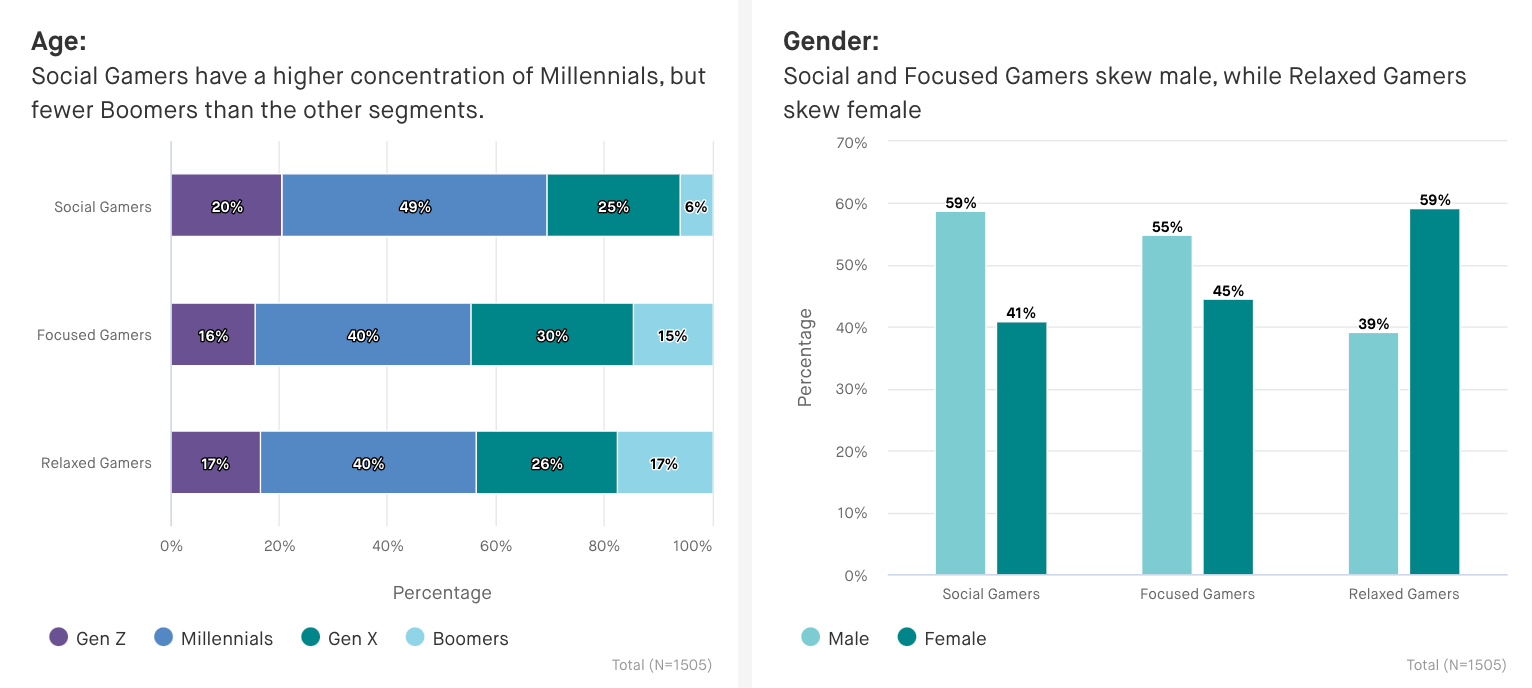Elevate Your Digital Presence
Explore tips and strategies to enhance your online engagement.
Player Segmentation Research: Finding the Hidden Patterns in Game Behavior
Unlock the secrets of gamer behavior! Discover powerful player segmentation insights that reveal hidden patterns and boost your game’s success.
Understanding Player Segmentation: How to Analyze Game Behavior Patterns
Understanding player segmentation is crucial for game developers and marketers alike. By analyzing game behavior patterns, developers can identify distinct groups of players based on their in-game actions, preferences, and engagement levels. For example, players can be divided into categories such as casual gamers, who may only play occasionally, and hardcore gamers, who are deeply invested in the game. This segmentation allows for tailored marketing strategies, enhancing player retention and satisfaction.
To effectively segment players, developers can utilize various data analytics tools that track player behavior. Data points such as playtime, purchase behavior, and completion rates can help create a comprehensive profile of each player type. By implementing player segmentation, developers can better understand their audience, leading to improved game design and personalized experiences. This approach not only boosts engagement but can also drive revenue through targeted promotions and in-game offerings.

Counter Strike is a highly popular first-person shooter game that has captivated gamers worldwide. Known for its competitive gameplay and strategic elements, players can join either the Terrorist or Counter-Terrorist team to complete various objectives. Many players look for ways to enhance their gaming experience, and using a roobet promo code can provide exciting bonuses.
Top Methods for Effective Player Segmentation in Gaming
Effective player segmentation in gaming is crucial for creating personalized experiences that resonate with diverse audiences. One of the top methods for achieving this is through the analysis of player behavior data. By utilizing advanced analytics tools, developers can categorize players based on their in-game actions, preferences, and spending habits. This data-driven approach allows for the identification of distinct player personas, enabling tailored marketing strategies and game design elements that cater to each group. For instance, occasional players may be enticed with limited-time challenges, while hardcore gamers might respond better to competitive features and rewards.
Another essential method for effective player segmentation is the implementation of surveys and feedback loops. Engaging directly with players through well-designed surveys can yield valuable insights into their motivations and preferences. By gathering this information, game creators can refine their segmentation strategies, ensuring that they address the unique needs of different player segments. Moreover, leveraging community forums allows for real-time feedback, which can be used to adjust in-game events and features dynamically, enhancing player satisfaction and retention.
What Can Player Segmentation Reveal About Your Game's User Experience?
Player segmentation is a crucial aspect of game design that can provide valuable insights into the user experience within your game. By categorizing players based on their behaviors, preferences, and demographics, developers can identify which features resonate the most with each group. For instance, analyzing data could reveal that casual players prefer simple mechanics and shorter play sessions, while hardcore gamers might seek deeper strategies and immersion. This information is vital for tailoring gameplay elements and ensuring that all players find enjoyable and engaging experiences.
Moreover, segmentation allows developers to address specific pain points within the user experience. By closely examining player feedback and engagement levels, you can pinpoint areas in need of improvement. For example, if a segment of players struggles with a particular level or mechanic, it might signal that adjustments are necessary to enhance overall satisfaction. Consequently, leveraging player segmentation not only improves the individual user experience but also contributes to the game’s longevity and success in a competitive market.